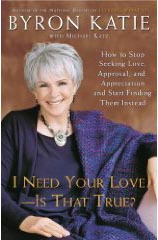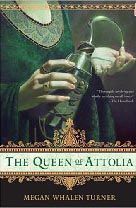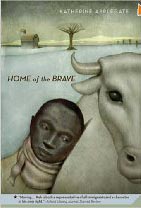Review of Dreamdark: Silksinger, by Laini Taylor
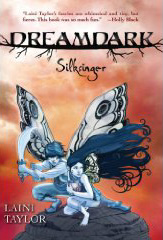 Dreamdark
Dreamdark
Silksinger
by Laini Taylor
G. P. Putnam’s Sons, Penguin Young Readers Group, September 2009. 441 pages.
Starred review.
Sonderbooks Stand-out 2010: #6 Fantasy Teen Fiction
I thought that the first Dreamdark book, Blackbringer, was excellent. Laini Taylor built an intricate world of feisty fairies and told a tale of a young fairy becoming a champion and saving the world.
Silksinger is simply awesome.
In this book, Laini Taylor weaves together six or seven different plotlines in a beautiful tapestry rivaling the carpets of the Silksingers. The world is already built (Yes, I think you should read Blackbringer first.), so now she can get down to the business of weaving a glorious tale.
Not that she doesn’t show us more surprising and imaginative details of that world. We meet new fairies with wonderful new magical abilities, whose clans have long and storied histories, all wound and interwoven together.
Magpie is back, the feisty champion from the first book, with her friend Talon. (And the romance between them is so gently done!) The book opens with Magpie taking on a challenge.
“‘The Tapestry of Creation is failing,’ hissed the Djinn King.
“Looking up at him, Magpie Windwitch could see why the few humans who had ever glimpsed fire elementals had mistaken them for devils. With his flaming horns and his immense bat wings of hammered gold, he was magnificent and terrifying. Sparks leapt from the eye slits of his golden mask as he said, ‘My brethren must be found, little bird. Do you understand?’
“‘Aye, Lord Magruwen,’ Magpie said. ‘I understand.'”
Then, by contrast, we meet Whisper Silksinger, helpless in a desperate flight from a horde of devils. After her grandparents sacrifice themselves to save her, she’s alone on the ground, a “scamperer” whose wings don’t work.
“Tears glistened in Whisper’s lashes but didn’t fall, and ashes caught there and clumped. She was too stunned even to grieve. The teakettle had rolled onto its side in the sand and she stared at it, unblinking.
“Inside it burned an ember. It didn’t look like much, a small seed of fire, but devils would kill for it, her grandparents had died for it, and the world depended on it. And now it fell to her to keep it safe.
“What would she do? She couldn’t go home — the devils had found them there. Where could she go? She knew nothing of the world beyond her island. She couldn’t fly, and she was no warrior — she had no weapon, and she wasn’t even brave.”
We find ourselves wanting sweet and vulnerable Whisper, with the amazing gift, to be able to find the strength to save the world. To somehow survive long enough to complete her task.
Meanwhile, someone else with secrets shows up along her path. He wants to be a champion. Why do visions keep leading him to quiet little Whisper?
And who set the devils on Whisper and her grandparents? Will they find her again? What power has even dragons under its control?
I got to read an advance review copy of this book, but it is already available for pre-order on Amazon. The September publication date will give you time to read the delightful first book. Then you will be set to be blown away by Silksinger.
Although this book comes to a satisfying conclusion, the saga is not over yet, and I’m so glad! I hope the audience for these wonderful books will build as the series continues, because if Laini Taylor continues with books like Silksinger, the series will be truly magnificent!
One of the author’s strengths is to come up with imaginative details. I don’t want to give anything away, so let me just say that the abilities of the new clans and fairies who are introduced are surprising and delightful. It’s also great fun to hear stories of adventures that could be happening right under our noses, and we are just not perceptive enough to see it.
One thing’s for sure: If you ever find an abandoned bottle that appears to have a genie inside, whatever you do, don’t open it!
Dreamdark gives you fairy tales unlike any that have gone before.
Find this review on Sonderbooks at: www.sonderbooks.com/Teens/silksinger.html
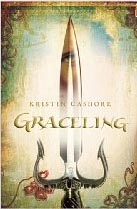 Graceling
Graceling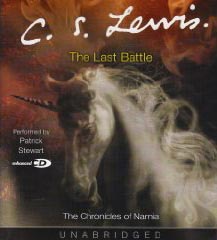 The Last Battle
The Last Battle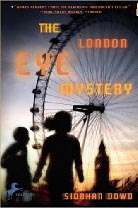 The London Eye Mystery
The London Eye Mystery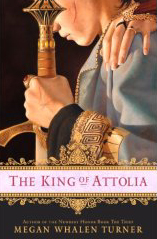 The King of Attolia
The King of Attolia Little Panda
Little Panda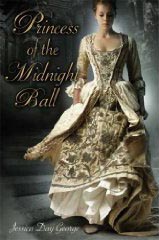 Princess of the Midnight Ball
Princess of the Midnight Ball